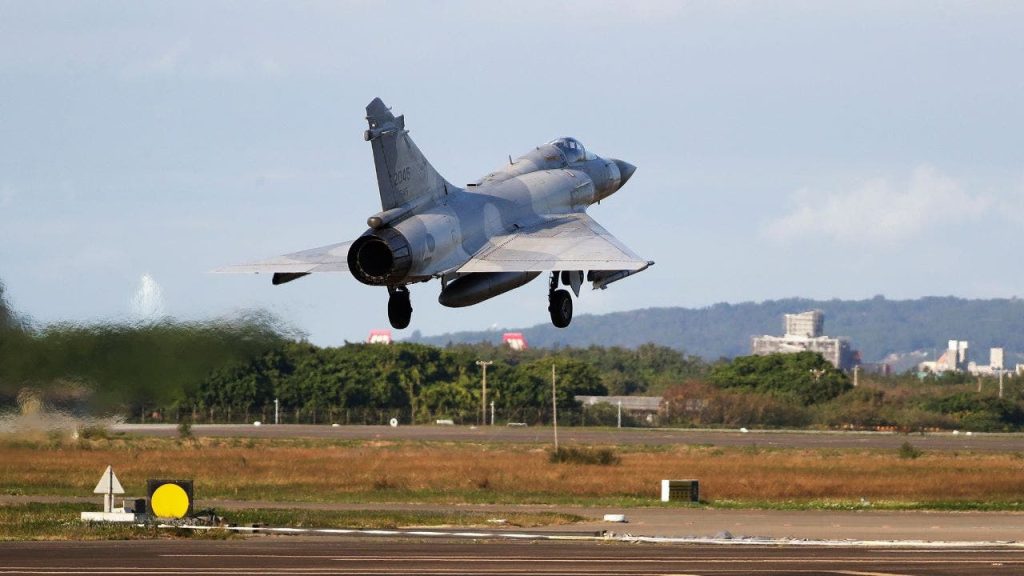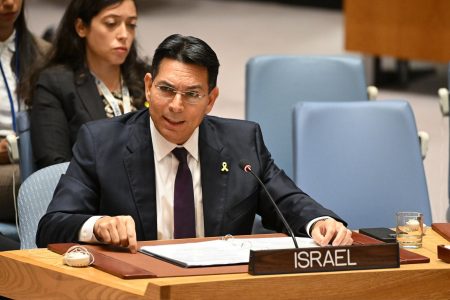Escalating Tensions in the Taiwan Strait: A Looming Threat of Conflict?
The Taiwan Strait, a narrow waterway separating Taiwan from mainland China, has become a focal point of escalating geopolitical tensions. Recent actions by China, including a significant deployment of naval vessels and military aircraft, have raised alarms within Taiwan’s defense establishment and the international community. These actions, perceived as a clear demonstration of China’s intent to assert its claim over Taiwan, underscore the precarious balance of power in the region and the potential for a military conflict that could have far-reaching consequences.
Taiwan’s defense officials have expressed grave concerns about the substantial military buildup by China, characterizing it as a potential precursor to war. The deployment of approximately a dozen ships and 47 military planes near Taiwan’s territorial waters signals a heightened level of aggression and assertiveness by China. This military posturing follows Taiwanese President Lai Ching-te’s recent overseas trip, which included visits to Hawaii and Guam, an American territory. China views these visits as a provocation, further exacerbating the already strained relations between the two sides.
China’s claim over Taiwan, a self-governing island, has been a long-standing source of contention. The Chinese government has repeatedly stated its commitment to annexing Taiwan, even through military force if necessary. The frequent incursions of Chinese ships and planes near Taiwan’s airspace and waters are a constant reminder of this threat. The latest deployment, according to Taiwan’s Lt. Gen. Hsieh Jih-sheng, aims to establish two maritime "walls" – one encircling Taiwan and another extending beyond the first island chain, a strategic line of defense encompassing Japan, Taiwan, and the Philippines. This action is interpreted as a clear message from China asserting its dominance over the Taiwan Strait.
While China officially describes these activities as routine training exercises, Taiwan’s defense officials view them with apprehension. They argue that such large-scale mobilizations could easily escalate into actual military drills and, ultimately, war. This ambiguity surrounding China’s intentions creates a climate of uncertainty and raises the specter of a potential miscalculation or accident triggering a conflict. Taiwan’s military has responded by activating its emergency response center and implementing flight restrictions in several zones off China’s east coast, reflecting the heightened state of alert.
The United States has consistently demonstrated its support for Taiwan through various means, including arms sales, military operations, and diplomatic interactions. The recent approval of a $2 billion arms package for Taiwan, which includes advanced air defense systems and radar technology, underscores the US commitment to bolstering Taiwan’s defense capabilities. However, these actions often provoke strong reactions from China, which views them as interference in its internal affairs. Recent history, including former House Speaker Nancy Pelosi’s visit to Taiwan in 2021 and then-Taiwanese President Tsai Ing-wen’s meeting with former House Speaker Kevin McCarthy in California in 2023, demonstrates this pattern of US engagement followed by Chinese military drills around Taiwan.
The complex dynamics in the Taiwan Strait are further complicated by the evolving political landscape in the United States. Past administrations have seen prominent figures labeled as "China hawks" nominated for key positions, such as the UN ambassador, national security advisor, and secretary of state. These individuals often advocate for a stronger stance against China, including increased support for Taiwan. This political backdrop adds another layer of complexity to the already delicate cross-strait relations and underscores the potential for misinterpretations and heightened tensions. The ongoing situation in the Taiwan Strait requires careful monitoring and diplomatic engagement to prevent a potentially catastrophic conflict. The delicate balance of power and the potential for miscalculation necessitate a cautious approach from all parties involved.










